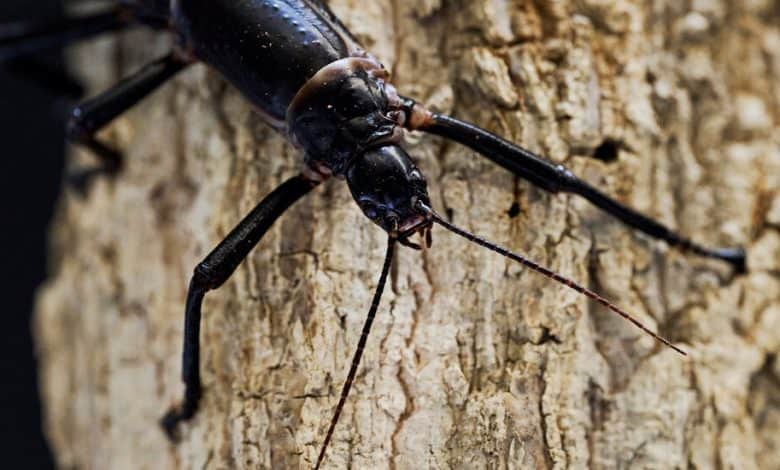How the Tree Lobster Escaped Extinction

The feisty Lord Howe Island stick insect crawling on the gloved hand of Kyle Kassel, a keeper at the San Diego Zoo, had no idea that he shouldn’t exist. The intrepid insect, nicknamed a tree lobster because some grow to eight inches, seemed determined to prevent me from snapping a good picture as he raced about Mr. Kassel’s hands like a dog with the zoomies.
This rambunctious stick bug has also been called “the world’s rarest invertebrate” after it was driven nearly to extinction. But here he was in the zoo’s McKinney Family Invertebrate Propagation Center, undeniable evidence that an international effort, led by the Melbourne Zoo in Australia, may manage to bring the Lord Howe Islander back from the brink.
Insects receive far less conservation attention than their charismatic vertebrate cousins, like tigers and pandas. But they and other invertebrates are the spineless backbones of ecosystems, playing critical roles as pollinators, predators, prey and decomposers.
Conservation breeding, including efforts to raise insects like the Lord Howes in captivity at big zoos like San Diego and Melbourne, could allow humanity to save declining populations and restore the vital functions these animals fulfill.
But doing so requires that the animals have a livable habitat to return to — and that the humans living there want them back in the first place.